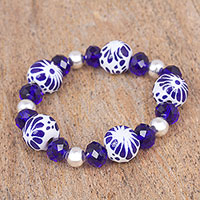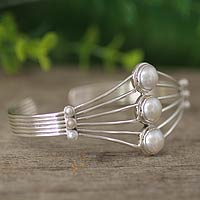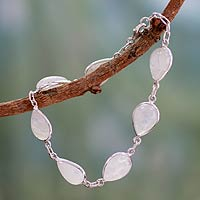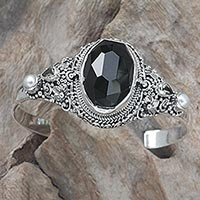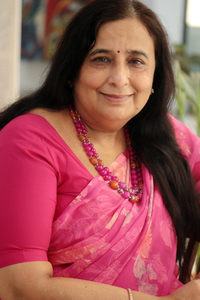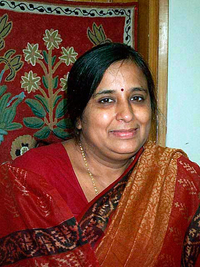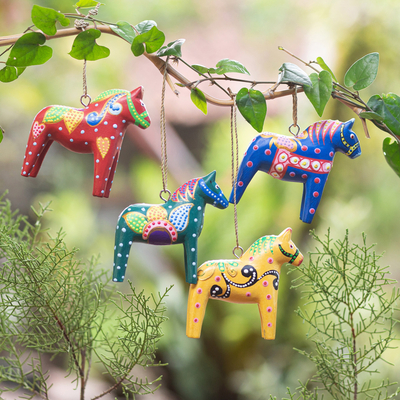-
-
Regalos Únicos

5,000 of our very best gifts
organized by recipients & interest -
Cajas de Regalo Curadas

Nuestros expertos han reunido
lo mejor de los conjuntos de regalo para ti -
Construye tus propios conjuntos de regalo

Te ayudaremos a construir tus propios
increíbles conjuntos de regalo -
Regalos Express
¡Recíbelos en 2-4 días hábiles!

-

Tarjetas de Regalo
Todos los aman

-
-
-
- All Joyeria
-
- All Joyas para mujeres
- Pendientes
- Pulseras
- Collares
- Anillos
- Conjuntos de joyería
- Tobillos
- Colgantes
- Broches
- Anillos para los dedos del pie
- Puños de oreja
- Almacenamiento de joyas
-
-
-
- Con temática animal
- Piedras de nacimiento
- Bohemia
- Joyas de novia
- Ecológico
- Floral
- Corazones
- Tribu de la colina
- Chakra
-
-

-
- All Moda
-
- All Moda de Mujer
- Sweaters
- Blouses
- Ponchos
- Túnicas
- Vestidos
- Pantalones
- Batas
- Faldas
- Envolturas y Ruanas
- Chaquetas y Abrigos
-
-
-
- All Bolsos
- Bolsos de hombro
- Totes
- Carteras de mano
- Bandoleras
- Bolsos de cuero
- Bolsos de algodón
- Bolsos reciclados
- Bolsas de viaje
- Bolsas de yoga
-
-

-
- All Hogar
-
- All Accesorios para el hogar
- Juegos y Rompecabezas
- Cofres Decorativos
- Papelería
- Instrumentos Musicales
- Marcos de fotos
- Jarrones
- Catchalls y Bandejas
- Acentos para el hogar
- Gadgets y Equipos
- Decoración festiva y adornos
- Herrajes decorativos
- Suministros para mascotas
-
- All Mobiliario para el hogar
- Alfombras
- Muebles
- Hamacas
- Lámparas e Iluminación
- Espejos
- Exterior
- Cojines y Mantas
- Paneles de relieve
- Tapices
- Decoración de pared
- Máscaras
- Escultura y tallas
-
-
-
-

-
- All Pinturas
-
- Pinturas Abstractas
- Pinturas Cubistas
- Pinturas Realistas
- Pinturas Impresionistas
- Pinturas Expresionistas
- Pinturas Naif
- Moderno y Libre
- Pinturas Surrealistas
- Fotografía
- Imprimir
-
- Personas y Retratos
- Naturaleza Muerta
- Paisajes
- Paisajes Marinos
- Flores y Plantas
- Animales
- Desnudos artísticos
- Danza y Música
- Religioso y Espiritual
-
- Multicolores
- Azul o Morado
- Colores Primarios
- Naranja o Amarillo
- Tonos Tierra
- Rojo o Rosa
- Negro o Gris
- Verde
- Blanco y Negro
-
-

-
- Care for Children
- Empower Women
- Enable Education
- Overcome Adversity
- Overcome Cancer
- Preserve Traditions
- Support Conservation
- Support Microcredit Borrowers
- Uplift Communities
- Work with Disabilities
-


-
-
 Explore, Empower, Impact
Explore, Empower, Impact
- Our Mission
- Our Values
- Our Story
- NOVICA & Fair Trade
- Happiness Projects
-
-
- Blog
- Artisan Subscription Box
-
-
 Call 1-877-266-8422
Call 1-877-266-8422
- FAQ
- Order Tracking
- Returns
- Contact us
-


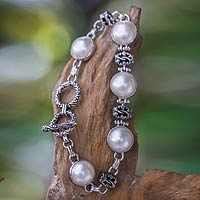 Bestseller
Bestseller
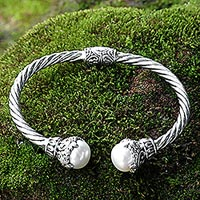 Bestseller
Bestseller
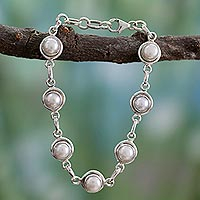 Bestseller
Bestseller
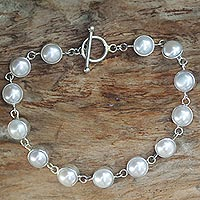 Bestseller
Bestseller
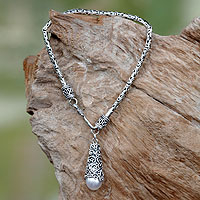
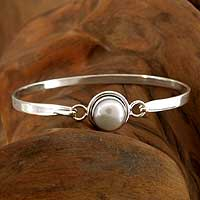 Bestseller
Bestseller
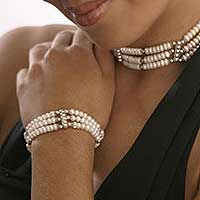 Bestseller
Bestseller
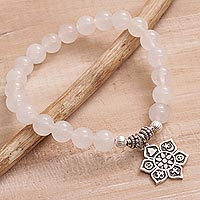 Bestseller
Bestseller
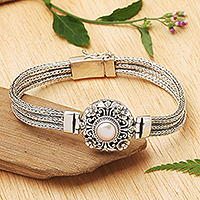 Bestseller
Bestseller
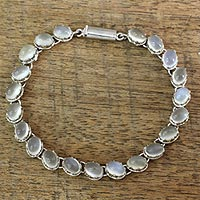 Bestseller
Bestseller
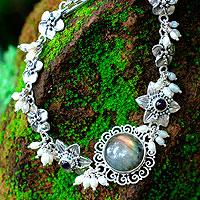 Featured Sale
Featured Sale
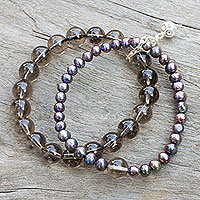
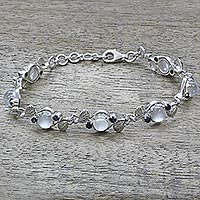
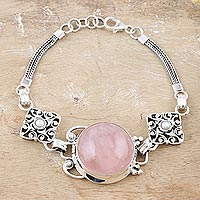 Bestseller
Bestseller
 New Arrival
New Arrival
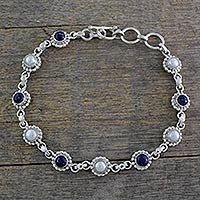
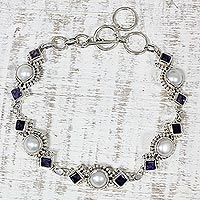
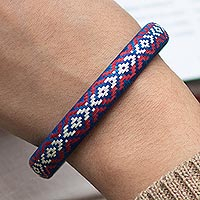
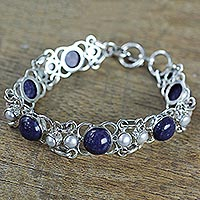
 New Arrival
New Arrival
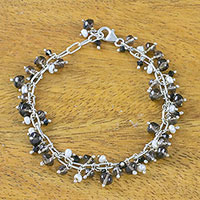 Featured Sale
Featured Sale
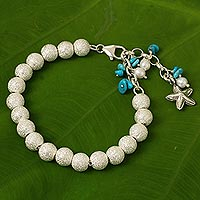 Featured Sale
Featured Sale
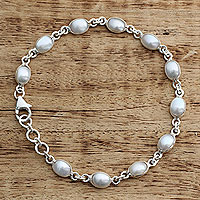 Bestseller
Bestseller
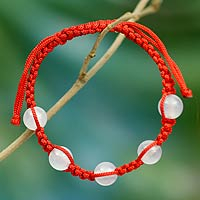
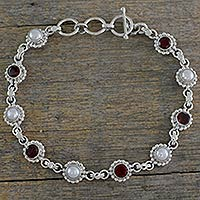 Bestseller
Bestseller

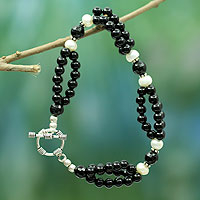
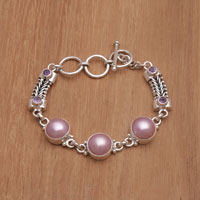
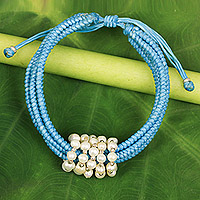 Featured Sale
Featured Sale
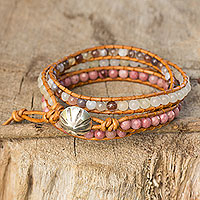 Bestseller
Bestseller
 Bestseller
Bestseller
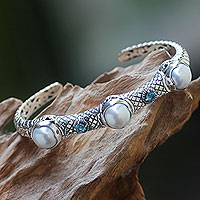 Bestseller
Bestseller
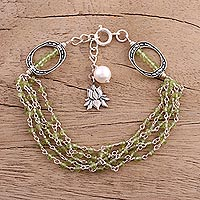
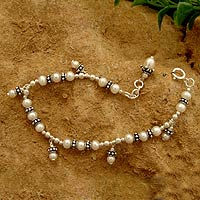
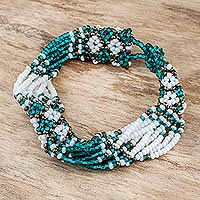 Bestseller
Bestseller
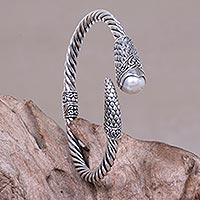
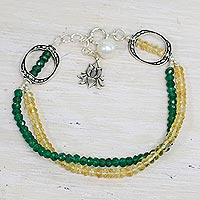
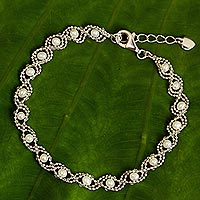
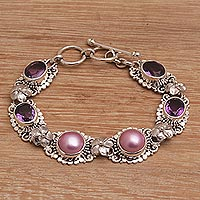
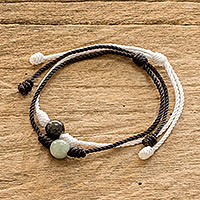
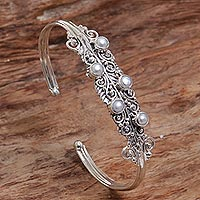
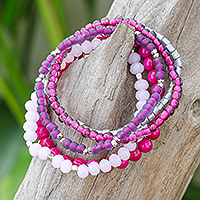 Bestseller
Bestseller
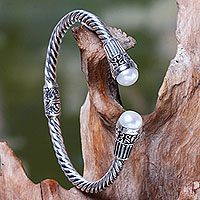
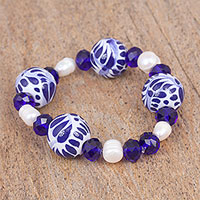
 Bestseller
Bestseller
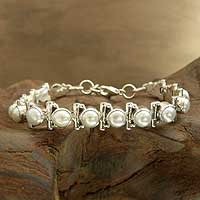
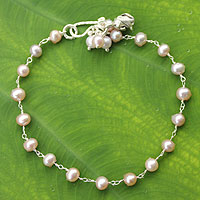

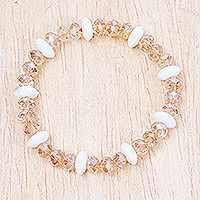
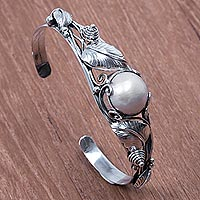
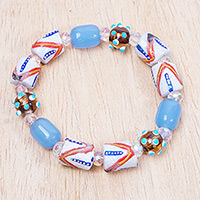
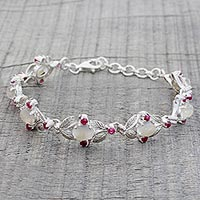
 Bestseller
Bestseller
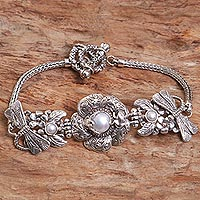
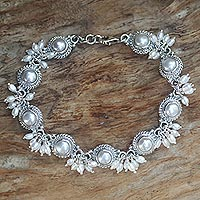

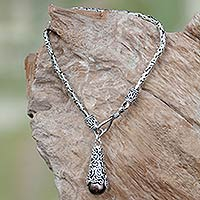
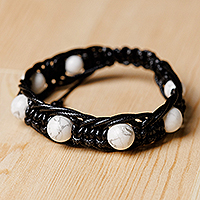
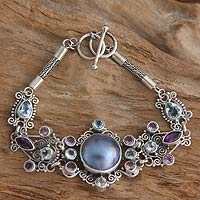 Bestseller
Bestseller

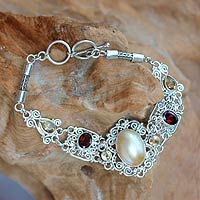
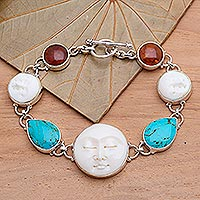
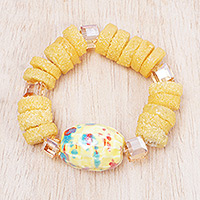
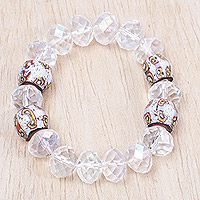
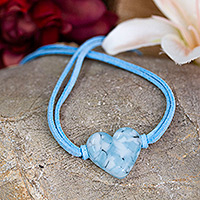
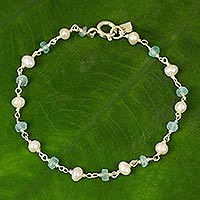
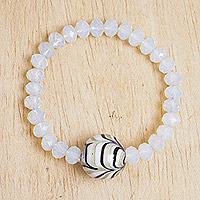
 Bestseller
Bestseller
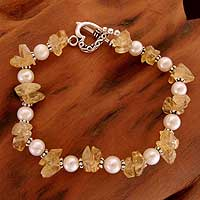
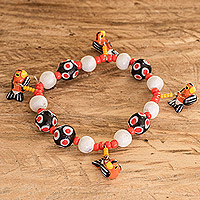

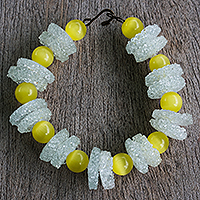

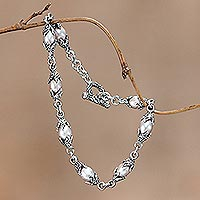
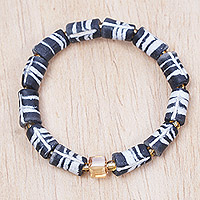
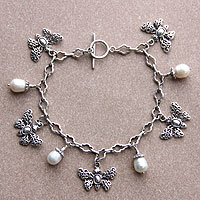
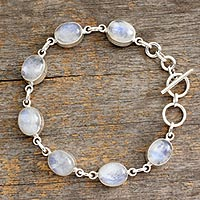
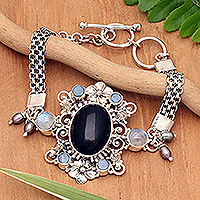
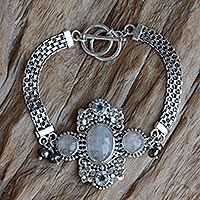 Bestseller
Bestseller

